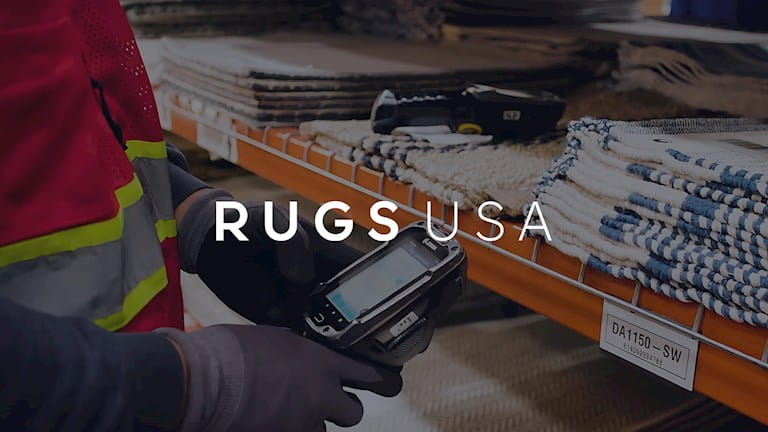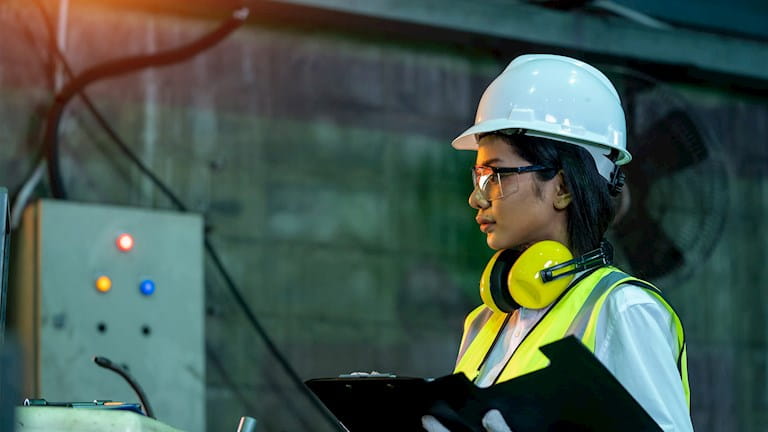Big-Box Retailer
Reducing backroom labor spend by 40%
What We Did
For major retailers, a successful storefront depends on a buttoned-up backroom. Replacing paper-based processes with tech-driven tools is a good start – which is exactly what this big-box retailer did when it launched a new mobile app for workers. But when it wasn’t realizing the productivity gains that it expected, it turned to West Monroe to pair operational and technology expertise to identify and capitalize on missed opportunities.
40%
$25M
2.1M+
The Challenge
After a major discount retailer replaced its paper-based backroom processes with a mobile reporting application, its leaders realized they were only halfway to the expected productivity results. They had an app that centralized backroom data and solved the paper problem, but it wasn’t driving the backroom optimization the retailer needed. It was also causing issues on the sales floor, impacting both customer experience and top line sales.
- That’s where the retailer turned to West Monroe’s multi-disciplinary team to:
- Understand the outstanding opportunities the app was missing
- Identify chronic inefficiencies and redundancies
- Empower next-level operations
An Undeniable Approach
West Monroe’s team uncovered that to maximize the app’s performance, they’d need to take a process-based approach to uncovering inefficiencies.We quickly got to work:
- Assessing: Through job shadowing, real-time interviews with backroom associates, data, and technology, our team learned what backroom task fulfillment looked like on the ground
- Analyzing: We then benchmarked the process data from our assessment against industry best practices to identify areas of inefficiency
- Uncovering: By comparing the assessment data with a tech-based analysis of the retailer’s app, West Monroe identified where the app could both expedite cumbersome processes and eliminate redundant ones.
The Output
Our team came in at the intersection of process improvement and technology to introduce strategies aimed at reducing labor spend, including:
- Implementing cross-training programs to upskill team members and route them toward more value-add work
- Flagging redundant processes to eliminate unnecessary tasks that were slowing down results
- Modeling new and consolidated backroom labor demand to better plan for associate needs
Returns You Can Measure
- 40% reduction in backroom labor spend
- Backroom headcount consolidation from 4.2 to 2.5 full-time employees per store
- Over $25 million in annual savings by eliminating process redundancy, improving process efficiency and improving technology applications












